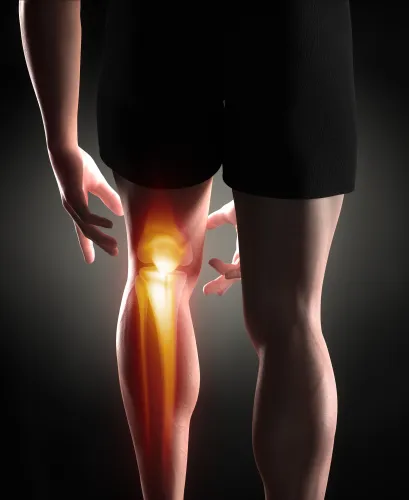Get on the Level for Correct Debridement Add-On

Question: During the course of treating a patient who was in an automobile accident, our orthopedist had to perform extensive debridement as well as several other procedures. What I’m wondering about is how to code the debridement. Notes indicate that the provider performed “debridement, subQ tissue, 37 sq cm total.” Can you help me select a code? Kentucky Subscriber Answer: You might want to double-check with the provider before coding, but based on the notes you’ll want to choose the subcutaneous debridement codes: 11042 (Debridement, subcutaneous tissue (includes epidermis and dermis, if performed); first 20 sq cm or less) for the first 20 cm of debridement, and +11045 (… each additional 20 sq cm, or part thereof (List separately in addition to code for primary procedure)) for the remaining 17 cm. The notes indicate that the debridement went past the epidermis/dermis down into subcutaneous tissue, so this appears to be the correct code. If, however, the provider debrided past subcutaneous tissue, you’ll want to choose from one of these (higher-paying) coding options: Caveat: Make absolutely sure that the provider debrided into subcutaneous tissue, or you’ll be overcoding with any of the above options. For debridements that only occur on the epidermis/dermis level, you’ll choose from 97597 (Debridement (eg, high pressure waterjet with/without suction, sharp selective debridement with scissors, scalpel and forceps), open wound, (eg, fibrin, devitalized epidermis and/or dermis, exudate, debris, biofilm), including topical application(s), wound assessment, use of a whirlpool, when performed » and instruction(s) for ongoing care, per session, total wound(s) surface area; first 20 sq cm or less) and +97598 (… each additional 20 sq cm, or part thereof (List separately in addition to code for primary procedure)) depending on encounter specifics.




